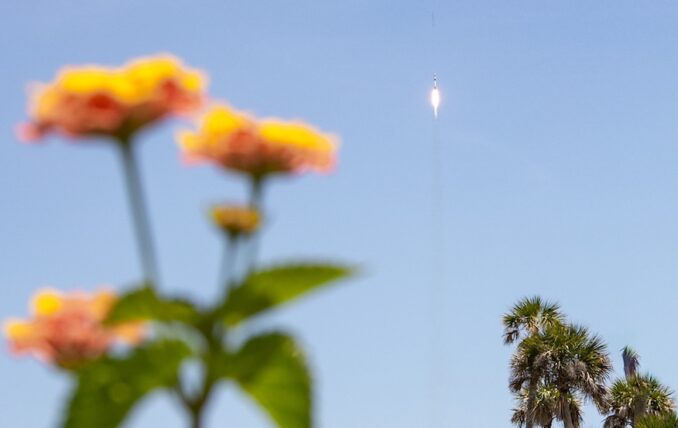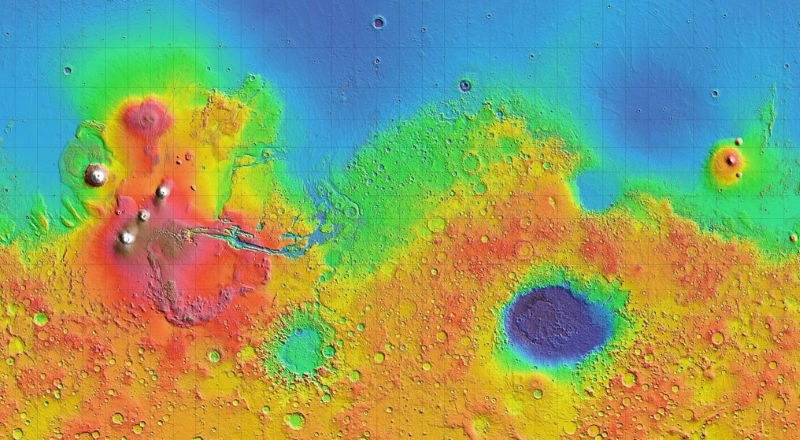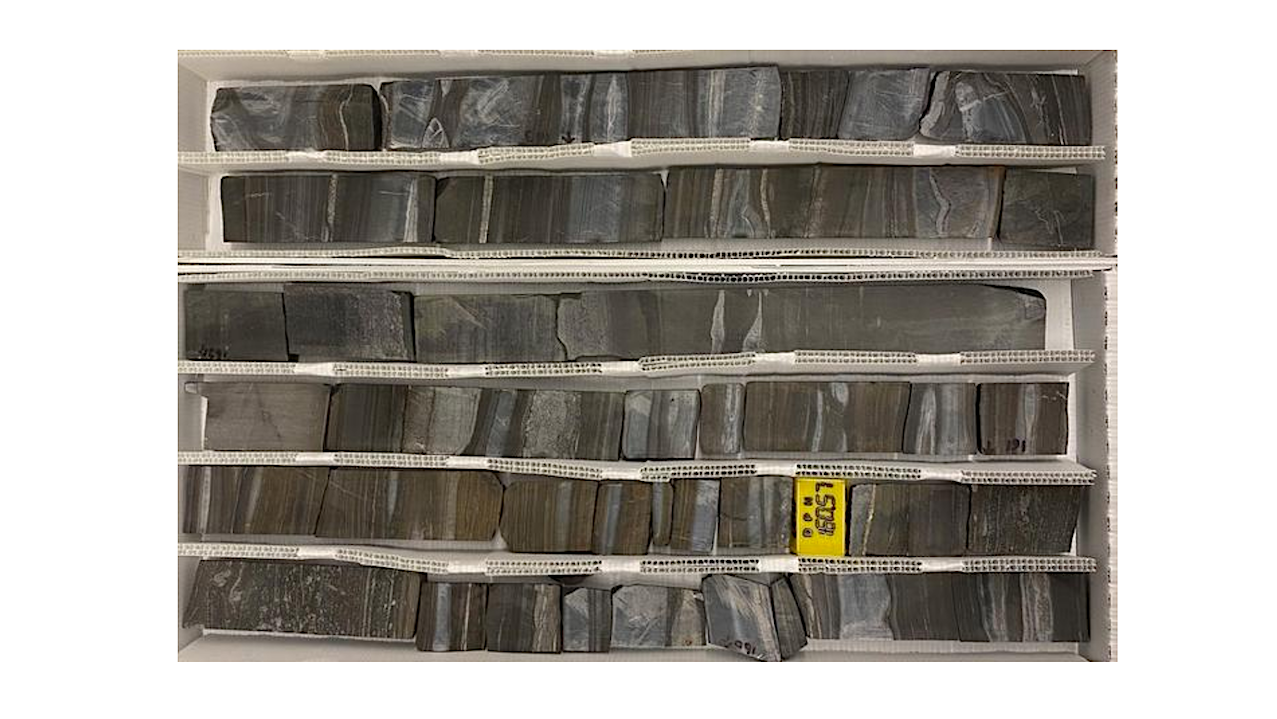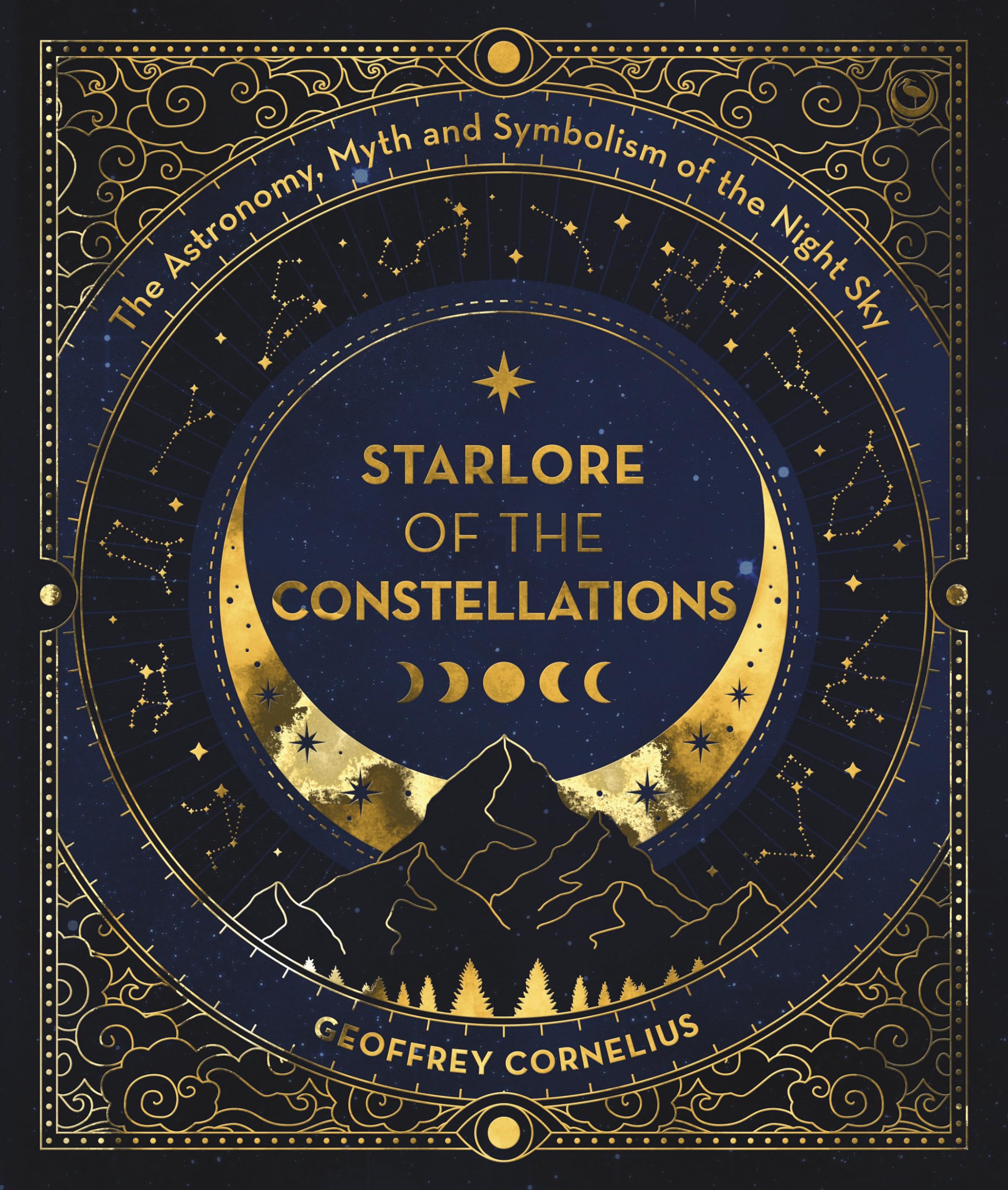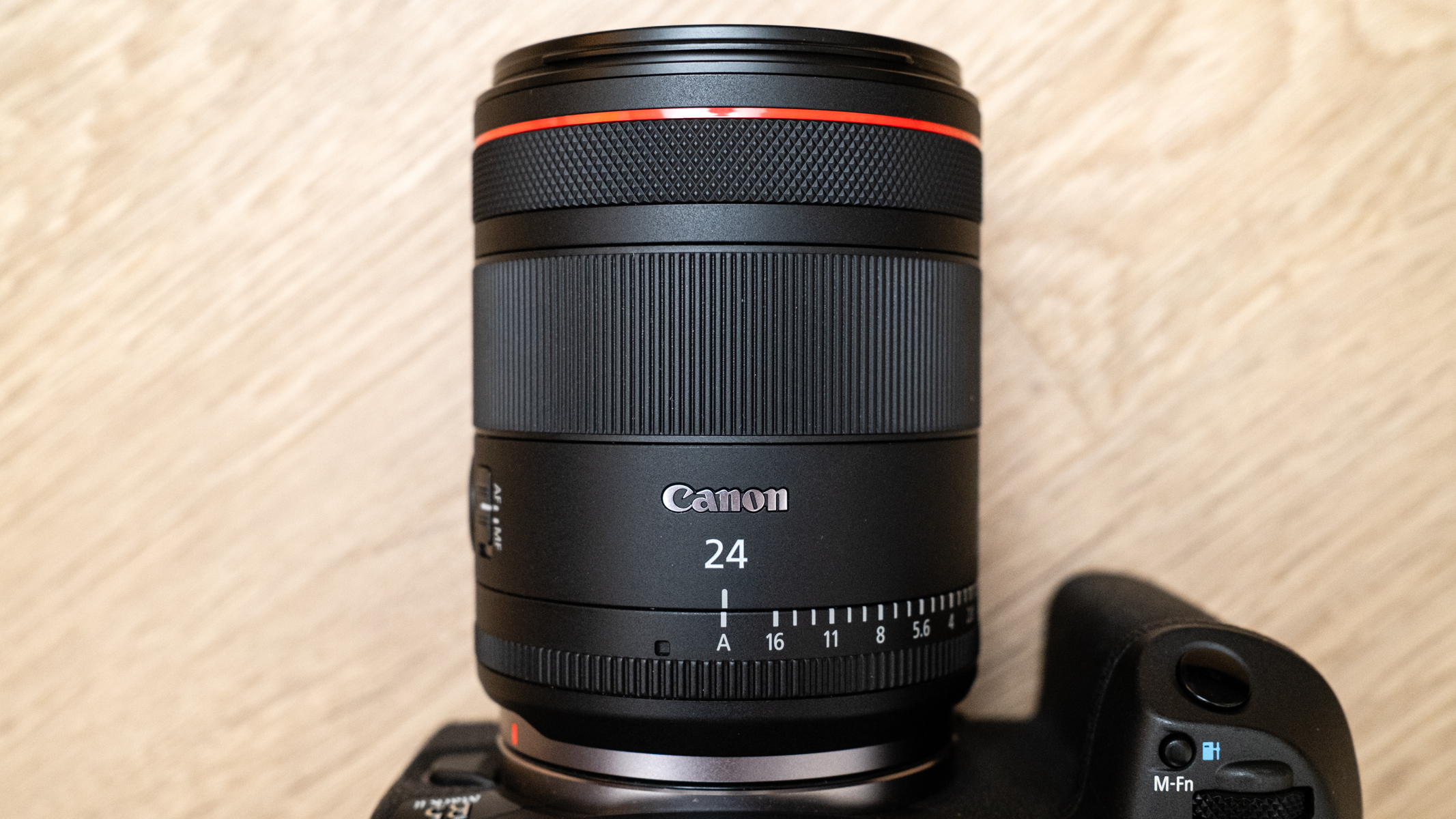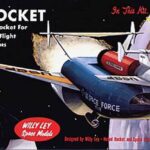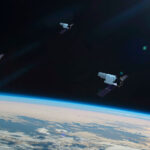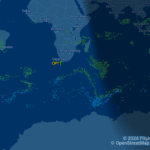Join our newsletter to get the latest military space news every Tuesday by veteran defense journalist Sandra Erwin. WASHINGTON — The Space Force’s top military official warned lawmakers May 6
Hot Posts22- Page
A group of beachgoers at Cape Canaveral look on as SpaceX’s Falcon 9 rocket took to the skies to begin the Starlink 12-22 mission on Saturday, May 24, 2025. Image:
A map showing the stark difference between Mars’ southern highlands, in yellows and oranges, and northern lowlands, in blues and greens. New analysis of marsquakes could explain this difference. Captured
NASA Nearly all of NASA’s ninth class of astronaut candidates, along with two European trainees, poses for photos in the briefing room in the public affairs facility at NASA’s Johnson
WASHINGTON — SpaceX is gearing up to launch a Global Positioning System satellite for the U.S. military on May 30 from Cape Canaveral Space Force Station, Florida, marking another high-profile
Join our newsletter to get the latest military space news every Tuesday by veteran defense journalist Sandra Erwin. WASHINGTON— The Pentagon’s technology arm is expanding an initiative to tap commercial
By delving into ancient rock records, scientists have uncovered new clues that sharpen the timeline of Earth’s oxygenation—shedding fresh light on one of the most transformative chapters in our planet’s
Imagine, if you will, gazing up into the vast expanse of the night sky, where shimmering stars whisper stories of ancient civilizations, and constellations paint a celestial tapestry that has
WASHINGTON — China’s campaign to lead the world in artificial intelligence is being driven by a tightly coordinated effort between state and private sectors — and increasingly, that effort is
Key specs Type: Prime lens Focal length: 24mm Maximum aperture: f/1.4 Lens mount: Canon RF Weight: 18.17 oz / 515 g Dimensions: 3.01×3.90 in / 76.5×99.3 mm Filter thread: 67mm
-
 01From Polymerization-Enabled Folding and Assembly to Chemical Evolution: Key Processes for Emergence of Functional Polymers in the Origin of Life
01From Polymerization-Enabled Folding and Assembly to Chemical Evolution: Key Processes for Emergence of Functional Polymers in the Origin of Life -
 02Two Black Holes Observed Circling Each Other for the First Time
02Two Black Holes Observed Circling Each Other for the First Time -
 03How New NASA, India Earth Satellite NISAR Will See Earth
03How New NASA, India Earth Satellite NISAR Will See Earth -
 04Thermodynamic Constraints On The Citric Acid Cycle And Related Reactions In Ocean World Interiors
04Thermodynamic Constraints On The Citric Acid Cycle And Related Reactions In Ocean World Interiors -
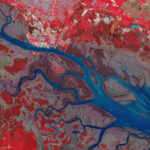 05Φsat-2 begins science phase for AI Earth images
05Φsat-2 begins science phase for AI Earth images -
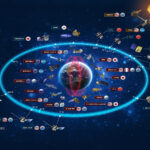 06Hurricane forecasters are losing 3 key satellites ahead of peak storm season − a meteorologist explains why it matters
06Hurricane forecasters are losing 3 key satellites ahead of peak storm season − a meteorologist explains why it matters -
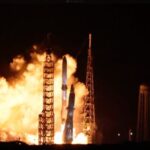 07U.S. Space Force awards $13.7 billion in new national security launch contracts to Blue Origin, SpaceX and ULA
07U.S. Space Force awards $13.7 billion in new national security launch contracts to Blue Origin, SpaceX and ULA


